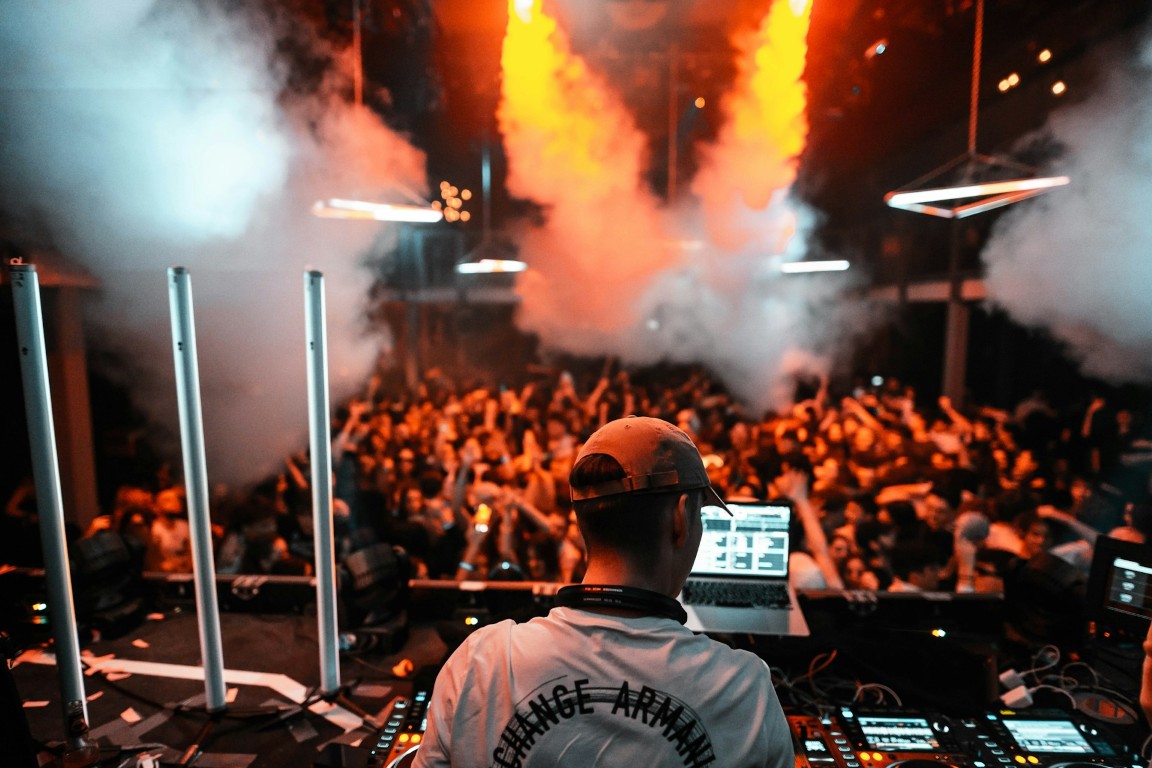The Future of Interactive Entertainment

People no longer want to stand on the edge and watch. The rise of on-demand culture and fast social sharing has pushed audiences into the role of participant. Fans can now vote on live concert setlists, choose camera angles during fashion streams, or interact with performers in real time. Every industry from music to fashion measures success not by reach but by the moments audiences can shape. This shift is social as much as it is technical and it will change how works are made and how they live. Fans seek connection in real time and they value places that let them try things out and respond. Creators who invite people in and then act on what they hear will thrive in this new era.
Participation in Music
Live music has passed the era of fixed set lists. Bands now design shows so that fans choose songs and vote on how lights behave. Streaming platforms host sessions where listeners can call changes in tempo or queue special tracks. Small venues test surprise guest slots where fans pick the opening act. Producers and sound artists reach into those rooms and sample the crowd for new ideas. These experiments also create new revenue flows for small scenes. This kind of give and take creates nights that feel fresh and keep fans returning.
Digital spaces extend this participatory model beyond physical stages. Fans can join interactive streaming sessions, collaborative art platforms, or social hubs where their choices influence visuals, sounds, or outcomes in real time. Similarly, some online environments, like casinos not on GamStop, offer features such as international game options and loyalty rewards. These platforms demonstrate how digital spaces allow users to engage, experiment, and feel part of the experience, reflecting the broader shift toward interactive entertainment.
Storytelling Reimagined
Entertainment on screens is changing too. TV and film now take cues from live theatre and gaming. Branching plots let audiences choose the route a story takes. Interactive streams reward viewers who contribute through votes or text, with scenes that shift to match the mood of the room. Short-form projects invite viewers to cast other roles through comments and direct messages. The format encourages repeat viewing by changing the stakes each time.
Technology allows makers to react instantly. Real-time rendering lets scenes change without long waits. Directors can test short runs and then alter sequence order based on what the crowd enjoyed. Writers craft modular scripts that fit several outcomes so the team can switch course mid-run. Some festivals run live labs where visitors decide the script for the night. The result is storytelling that stays in motion and treats each showing as a meeting rather than a lecture.
Fashion as Play
Clothes now live on screens as much as on rails. Designers create digital garments that exist only online. Fans buy skins for avatars and then wear those looks in virtual spaces or on social feeds. Runway streams often let viewers pick the next look or choose which camera angle to follow. Virtual try-ons cut the cost of sampling and speed up interest.
This change makes style into a public action. When a fan wears a rare skin in a shared room, they make a statement that others respond to. Brands collaborate with games to drop timed pieces that create shared moments. Street photographers and influencers then spread those looks through feeds. The loop from designer to user to crowd shortens, allowing quick cycles of taste and conversation.
Nightlife Without Walls
The club night is decentralised. A promoter can host a warehouse crowd while streaming to a thousand online guests who each join smaller groups. Tools let remote viewers talk to one another and to the DJ. New software maps the room so online users can move between tables that mirror the floor plan. Sound engineers work to lower latency so the two audiences feel in sync. Creative lighting, interactive projections, and live chat features help bridge the gap between physical and digital spaces, making everyone feel part of the same shared moment.
These nights can be experimental. Some organisers invite the online room to send visuals that alter the venue lighting. Others use simple polling to pick the next track. Promoters find that mixing remote and live audiences opens new revenue paths while keeping the night communal. Small promoters also discover that hybrid events bring in international fans, extending the reach of nights that once stayed local.
Conclusion
The future of interactive entertainment will be messy and human. It will not depend only on the newest devices. Culture and taste will decide which forms last. Creators who build honest rooms for play will find stronger ties with fans. That change promises nights, shows, and pieces that feel alive and that ask people to join in. The coming years will favour makers who try things and who keep listening. Readers will want to join in soon.